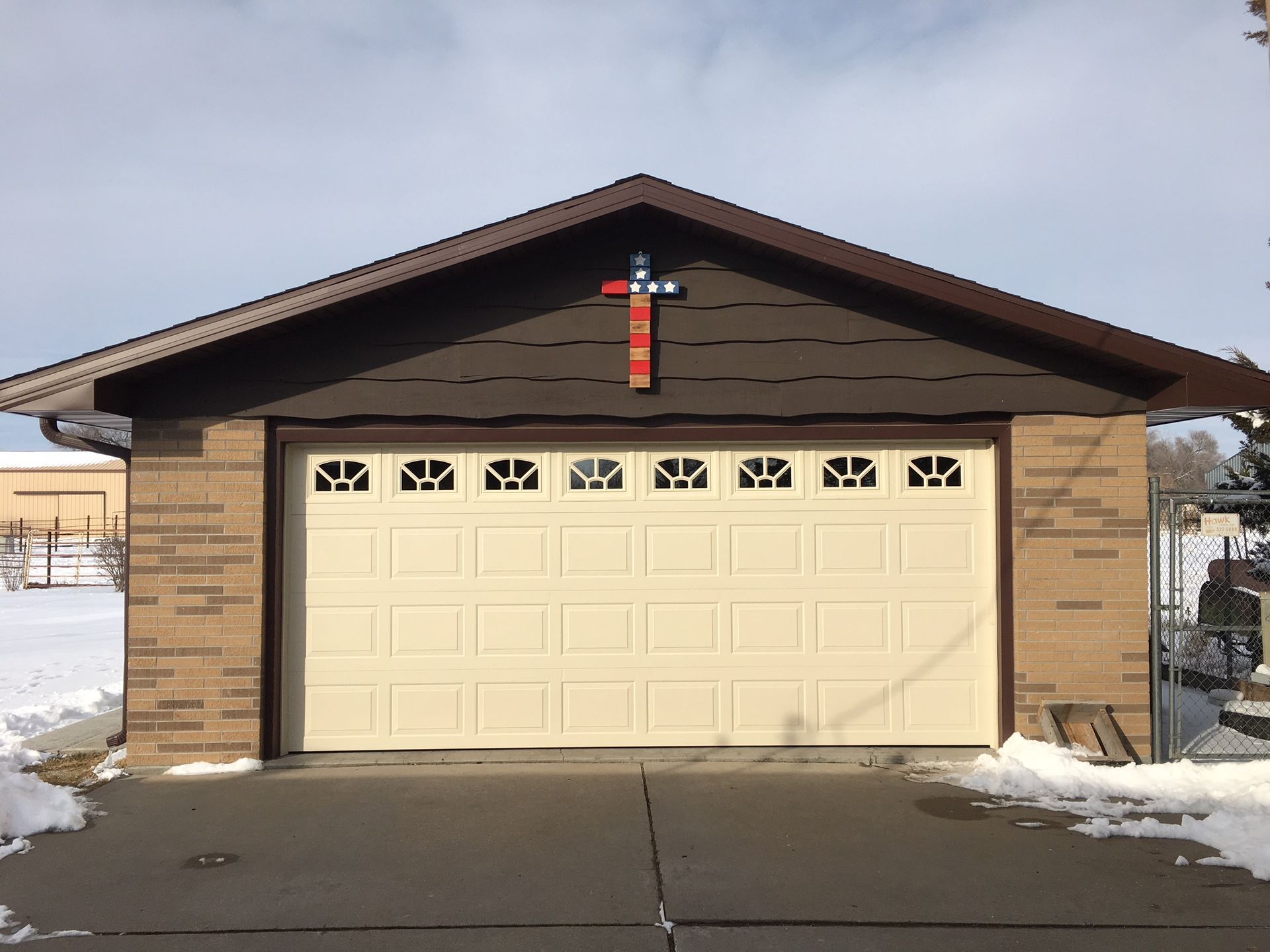Debating between a flat or sloped roof? Both options have their advantages, but the best choice depends on your needs, budget, and building design. Here’s an overview to help guide your choice.
Pros and Cons of Flat and Sloped Roofs
Understanding Flat Roofs
- Benefits: Flat roofs are affordable, easy to build, and offer additional space for things like HVAC systems or even rooftop gardens.
- Cons: Requires more maintenance to prevent water pooling, and can be prone to leaks if not properly sealed.
Understanding Sloped Roofs
- Benefits: Excellent water drainage, durable, and aesthetically pleasing.
- Cons: Higher upfront costs and more complex construction.
Understanding the Truth About Flat Roofs
Many people think flat roofs are less durable, but they actually have a gentle slope for water runoff. When constructed with the proper materials and regularly maintained, they can last as long as sloped roofs.
Important Factors to Consider When Choosing a Roof Type
When deciding between a flat or sloped roof, keep these factors in mind:
- Costs: Flat roofs are generally less expensive initially, while sloped roofs offer long-term savings through durability and lower maintenance costs.
- Types of Materials Used: Flat roofs often use membranes like EPDM or TPO, while sloped roofs typically feature asphalt shingles, tiles, or metal.
- Roofing Design and Architecture: The design of the building, the climate, and its intended use should influence your choice. Flat roofs are ideal for modern buildings, while sloped roofs are better for traditional homes or locations with severe weather.
Weathercraft's Expertise in Roofing Solutions
Weathercraft offers expert roofing solutions for both flat and sloped roofs. We work closely with you to recommend the best options based on your design preferences, budget, and local climate. We use high-quality materials and provide exceptional craftsmanship on all roofing projects.
